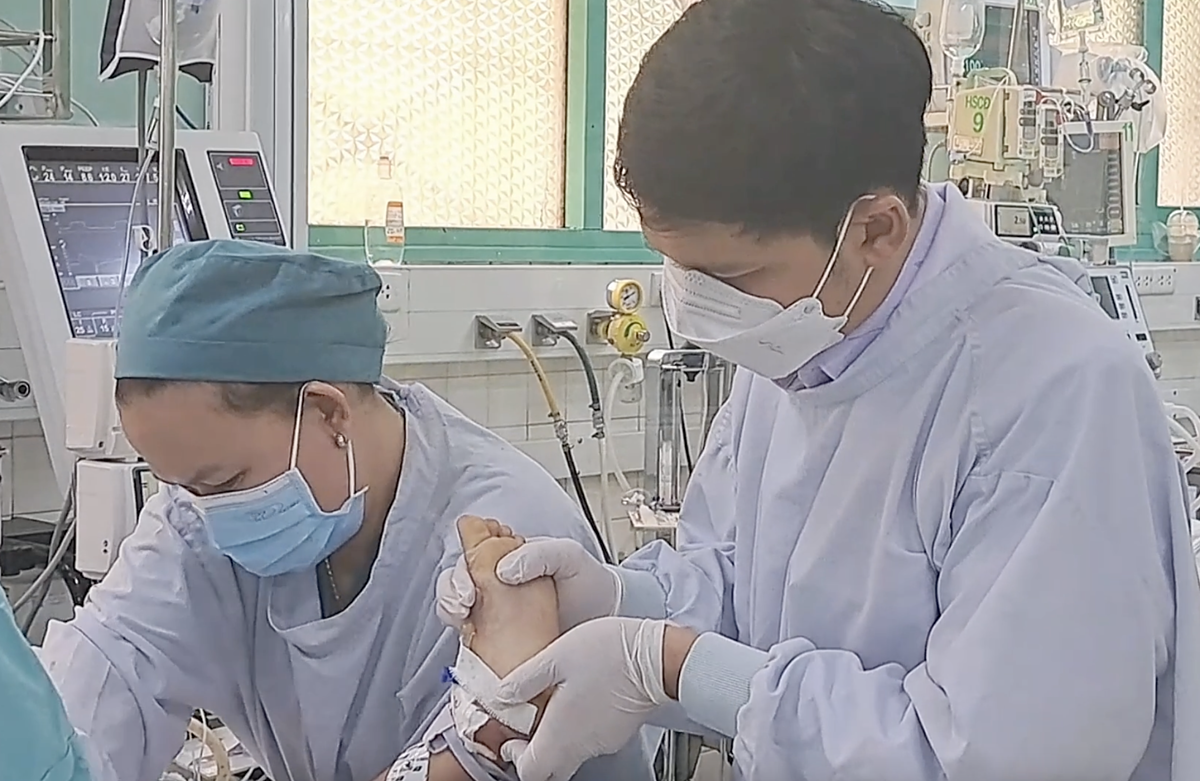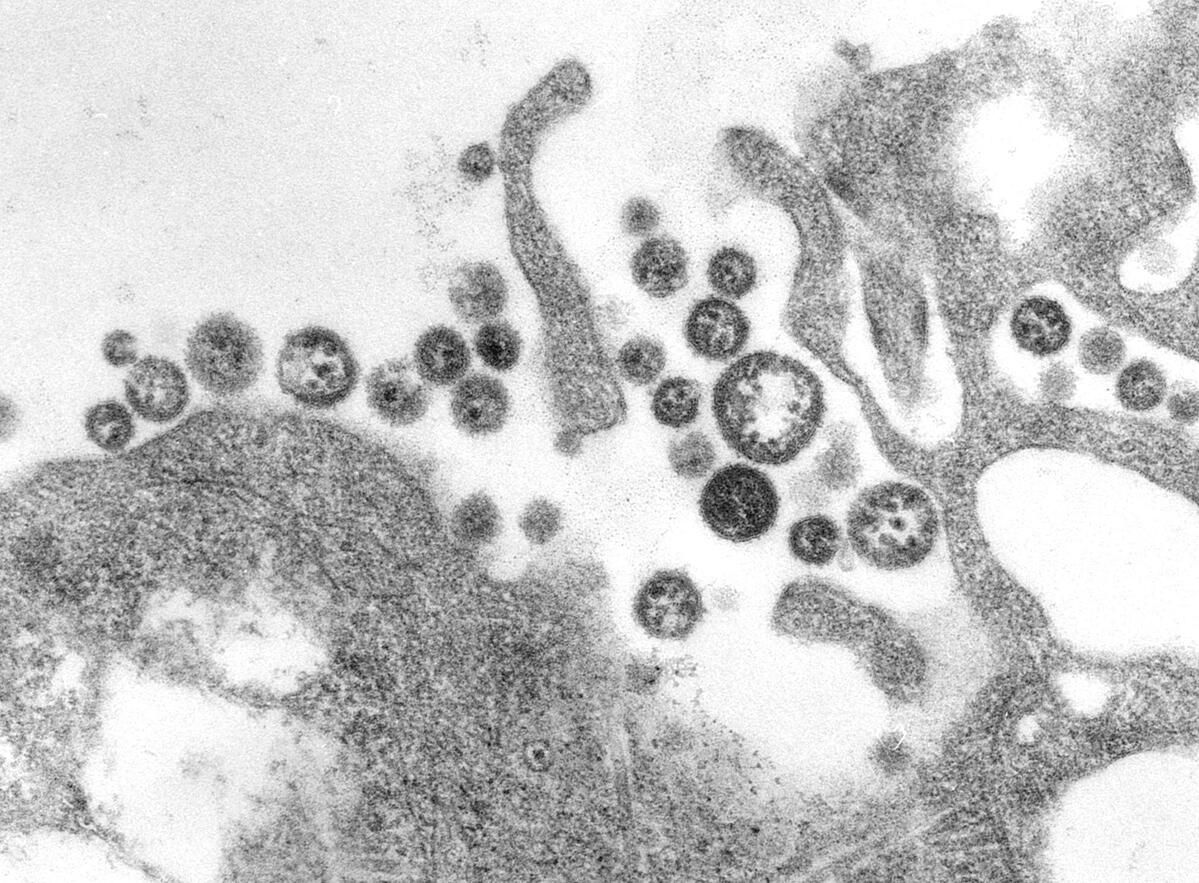'New strain of nCoV threatens to spread rapidly globally'
British officials say the nCoV strain BA.2.86, also known as Pirola, with unusual mutations, is spreading in this country and many countries around the world.
Over the past few days, public health officials have recorded one case of BA.2.86 in the US, one in Israel, six in the UK and three in Denmark. In fact, scientists think the number of infections may be higher, but due to limitations in viral genetic sequencing, the number of officially recorded cases is not proportionate.
The first patient in the UK, unidentified, is being treated at a hospital in London. This person has never left the country, has not contracted the disease from abroad. The number of areas with outbreaks in the UK doubled in two weeks. Nearly 600 counties have reported clusters of infections, as of August 12, up from 270 the previous week. The number of hospital admissions has also increased sharply, raising concerns that the UK is facing a new wave of disease, as the country enters the autumn.
However, scientists have not yet confirmed that BA.2.86 is the cause. This variant appeared at the same time as another subtype, Eris, which also had many mutations.
UKHSA said scientists became aware of BA.2.86 last week, which has "international transmission potential". Dr. Scott Gottlieb, former director of the US Food and Drug Administration (FDA) also warned that the new strain is a "highly mutated" virus that is able to escape the immune barrier of people who have been vaccinated. Prevention or infection is better than other strains.
"In a word, this variant is genetically different from Omicron, just as Omicron is different from the original strain in Wuhan, because the virus is highly variable," Scott said.
However, experts divided into many opinions when commenting on BA.2.86, because of a series of new mutations, but mainly determined that it originated from BA.2 which stopped circulating around July 2022. .
Some experts say this is the "most remarkable" sub-strain born since Omicron appeared in the winter of 2021, causing the number of infections to skyrocket. Tests showed it possessed 30 unique mutations in the spike protein, the part of the virus that attaches to human cells to infect. This is also the part of the vaccine aimed to repel the virus. Some mutations can reduce the effectiveness of the vaccine.
On the other hand, some experts warn it's still too early to worry. There is currently no evidence that Pirola poses a greater threat than dozens of previous sub-variants.

The immune barrier built through vaccine deployment and previous infections makes the virus less dangerous, allowing society to treat Covid-19 like seasonal flu without imposing pandemic restrictions. .
However, BA.2.86 comes amid a spike in infections, raising fears of a new wave of Covid-19 in the coming weeks.
The World Health Organization (WHO) and the US Centers for Disease Control and Prevention (CDC) say they are monitoring this virus strain. Because BA.2.86 is so new, experts have not been able to learn about the specific symptom. The CDC says people need to protect themselves with the same methods they've used during the three years of the pandemic. The new strain can carry Omicron symptoms such as runny nose, stuffy nose, headache, fatigue, sneezing, sore throat, cough.
According to the CDC's recommendation, people who test positive for nCoV can isolate at home, open ventilation doors, wear masks when in contact with others, monitor symptoms and stay in touch with health stations. local. People who are at risk of severe disease need to be hospitalized and should take antiretroviral drugs early.
Omicron strain appeared in the world for more than 20 months, now circulating in most countries and predominate. This strain is constantly changing. To date, scientists have recorded more than 500 sub-variants of Omicron, all with fast-spreading properties but no clear evidence of severe cases.
* SOURCE: https://vnexpress.net/bien-chung-ncov-moi-nguy-co-lay-lan-nhanh-toan-cau-4645387.html









 Facebook
Facebook
 Tweet
Tweet
 Zalo
Zalo







 News
News

















 Sign in with Facebook
Sign in with Facebook
 Sign in with Google
Sign in with Google